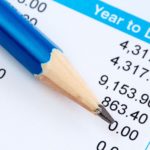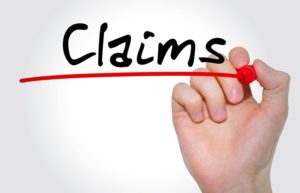If you or your partner are a low earner or not working, then you may be eligible for the marriage allowance. The marriage allowance allows lower earning couples to share part of their personal tax-free allowance. The marriage allowance (MA) is available to married couples and those in a civil partnership where a spouse or civil partner doesn’t pay tax or who has an income below the personal allowance (for 2018-19 this amounts to £11,850).
The MA allows the lower earning partner to transfer up to £1,190 (increasing to £1,250 in 2019-20) of their personal tax-free allowance to their spouse or civil partner. The marriage allowance can only be used when the recipient of the transfer doesn’t pay more than the basic 20% rate of Income Tax. This would usually mean that their partner’s income is between £11,851 and £46,350 (£12,500 to £50,000 in 2019-20). The limits are slightly different if you live in Scotland.
Planning opportunity
Couples that have not yet claimed the allowance can backdate their claim as far back as 6 April 2015 if they meet the eligibility requirements. This could result in a total tax break of up to £900 for 2015-16, 2016-17, 2017-18 and the current 2018-19 tax year. Couples have up to four years to claim backdated annual allowances.
An application for the marriage allowance can be made online or by telephone. The application must be made by the non-taxpayer who is transferring their allowance.
To summarise, to benefit as a couple, the non-taxpayer needs to earn less than their partner and have an income of £11,850 or less in 2018-19.






